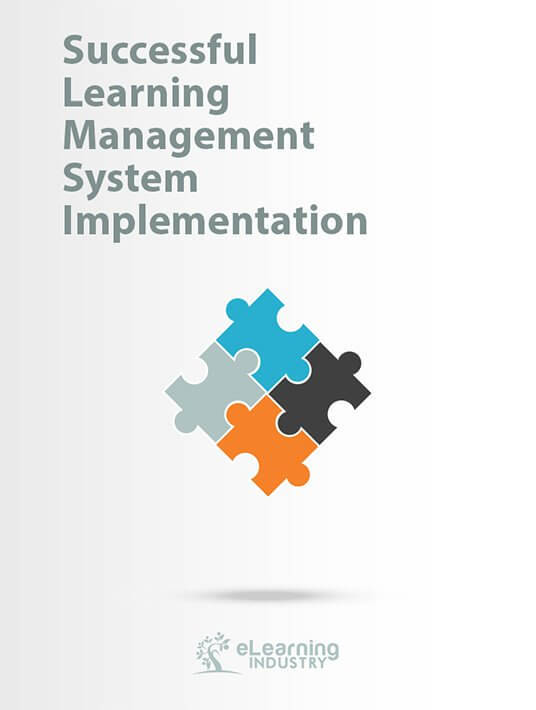1. Establish The LMS Purpose
The first step in an LMS implementation is gathering as much knowledge as possible about the organization's needs and goals. Each company has individual needs and those needs should be transferred into the LMS features. So first of all, you must establish the purpose of the LMS and what you want to achieve with it, whether it's creating online courses, selling courses, delivering training to clients and partners, evaluating employee performance, and so on.
2. Do Some Research
Do your research on how the LMS will affect everyone in your organization, Start asking questions. Meet the company management and ask about their visions and expectations. Meet the IT folks and ask about all technical aspects involved. Meet the trainers and learners and find out their needs.
3. Identify Target Audience
After setting the goals for the LMS, establish who will be using the LMS, whether it’s employees, clients, partners or all of them.
4. Set Up Your Implementation Team
After deciding all these aspects you can go into the actual LMS implementation. Start by setting the implementation team. Establish who will lead the implementation, who will administer the LMS, who will take care of creating or importing the content in the new LMS, and so on.
5. Follow The Typical LMS Implementation Steps
Most LMSs should be easy to implement and configure, some typical steps in an implementation include:
- Setting up your portal. If the LMS allows it you can add details about your organization, such as the name and website, create a custom login page, add your logo, add a custom URL, select a color scheme, and more.
- Create accounts for administrators and instructors
- Configure your settings, such as language, single sign on with different systems, integrate your favorite tools, enable and disable features based on what you need and will use.
- Set permissions for what each user type is allowed to do in the LMS
- Create or import your course content, make changes to the content to adjust to the new LMS if needed, and test your content
- Create learner accounts
- Start using the LMS with just a small group of users first to make sure everything is running smoothly, fix any issues that might occur, then start using the LMS at a large scale.
The most important aspect in any LMS implementation is to plan every step carefully and take into consideration all the details involved. Start with the goals and purpose of the LMS and then move to the actual implementation.



